Why Is Zirconia An Essential Material?
Zirconium dioxide was discovered in 1975 as a high-performance ceramic material. The journal Nature described it as "Keramikstahl". Zirconium dioxide exhibits excellent properties in appearance, functionality and structure. It finds applications in medical devices, portable electronics, luxury goods, new energy systems, household items and entertainment electronics.
Refractory Material from Zirconium Dioxide Ceramic
Zirconium dioxide ceramic has been used in refractory applications since the early 1920s. Its melting point is 2 700 ℃. It does not react with molten metals such as aluminium, iron, nickel or platinum, nor with silicate and acid slag even when heated above 1 900 ℃.
Crucibles made from zirconium dioxide ceramic can melt platinum, palladium, ruthenium and cesium noble metals and their alloys. They are also used to melt potassium, sodium, quartz glass, oxides and salts.
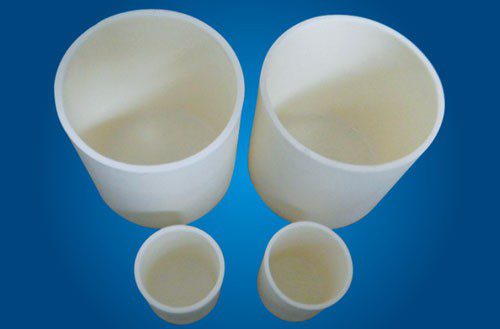
Refractory zirconium dioxide ceramic fibres are the sole ceramic fibres that can be used long term in ultrahigh temperature environments. They offer a higher operating temperature than aluminium oxide fibres, mullite fibres and aluminosilicate fibres. They exhibit improved thermal insulation, chemical stability at high temperatures and resistance to corrosion and oxidation. They are non-volatile and environmentally acceptable.
Zirconium dioxide refractory materials are used in critical parts of large glass furnaces. The initial refractory material contains between 33% and 35% zirconium dioxide. The material used in the upper and essential sections contains 94%–95% zirconium dioxide, thereby increasing furnace service life.
Structural Ceramic from Zirconium Dioxide
Bearings made from zirconium dioxide ceramic display properties including electrical insulation under magnetic fields, wear resistance, corrosion resistance and self-lubrication without oil. They offer high temperature resistance and low temperature performance. They are applied in micro cooling fans. Foxconn reported that these bearings provide longer service life and lower noise compared with traditional ball and sliding bearings.
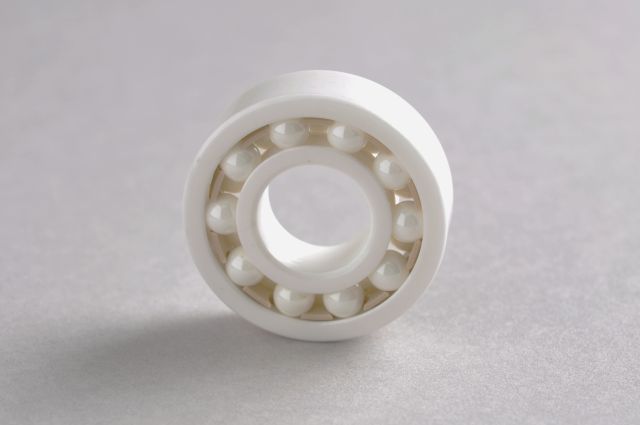
A zirconium dioxide ceramic valve provides an alternative to metal valves that are vulnerable to corrosion. Corrosion and mechanical wear reduce the service life and performance of metal valves. The valve operates in a complex medium containing sulphur compounds, carbon dioxide and organic acids in oil, natural gas and formation water. Its excellent wear resistance, corrosion resistance and capacity to withstand temperature shocks at high temperatures make it appropriate for such applications.
Zirconium dioxide ceramic grinding balls have high hardness and a low wear rate. They offer a long service life and reduce the contamination of abrasive material. Their high density provides strong impact energy, which improves dispersal efficiency and reduces grinding time.
Functional Ceramic from Zirconium Dioxide
Cutting tools manufactured from zirconium dioxide ceramic provide high strength, wear resistance and oxidation resistance. They do not rust and withstand acids and alkalis. They possess antistatic properties and do not react with food. The products include knives, scissors, razors and scalpels. Their use has increased in Europe, the United States, Japan, Korea and other countries.
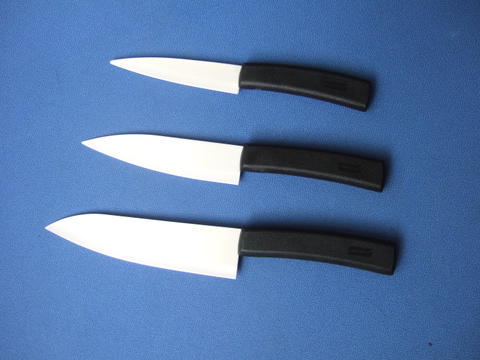
Zirconium dioxide bio-ceramic material is used in dental porcelain. The quality of dental porcelain directly affects patient health. Porcelain crowns made with metal substructures oxidise in the presence of saliva. Zirconium dioxide crowns omit a metallic layer, thereby avoiding dental allergies and discoloured gingival margins. Their improved strength and toughness compensate for the fragility of conventional porcelain. Owing to its biocompatibility, it does not irritate the oral mucosa and permits ease of cleaning. It is offered both domestically and internationally.
Oxygen sensors based on zirconium dioxide are essential in automotive engines fitted with three-way catalysts. Although two types exist (titanium oxide sensors and zirconium dioxide sensors), the latter are more widely used.
The information and communications sector requires devices with high precision and miniaturisation. Heat-treated zirconium dioxide ceramics provide appropriate mechanical stability, corrosion resistance and electrical insulation. Current products include pins and sleeves. In ceramic PC connectors for optical fibres, the zirconium dioxide component is the key element.
Decorative Material from Zirconium Dioxide Ceramic
Conventional decorative ceramics are produced using silicate materials. Examples include display porcelain vases, ceramic panels and ceramic tiles used for interior and exterior decoration. Decorative ceramics manufactured from zirconium dioxide are used for simple accessories with functional applications.
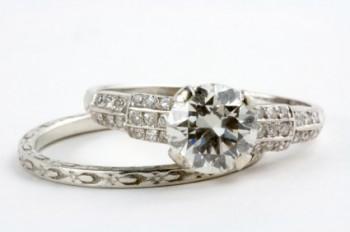
Zirconium dioxide ceramic gemstone materials are divided into natural cubic zirconium dioxide and synthetic cubic zirconium dioxide ceramic. Natural zirconia is extremely rare, given that it is found infrequently in nature. Naturally formed zirconia is highly colourful and scarce, whereas synthetic zirconia provides good optical characteristics and an affordable alternative to diamonds.
A range of zirconia ceramic jewellery with functional attributes is available. Products include zirconia ceramic watch cases, bezels and straps. International brands such as Chanel and RADO offer zirconium dioxide ceramic models, and these are traded at high market prices.

 Bars
Bars
 Beads & Spheres
Beads & Spheres
 Bolts & Nuts
Bolts & Nuts
 Crucibles
Crucibles
 Discs
Discs
 Fibers & Fabrics
Fibers & Fabrics
 Films
Films
 Flake
Flake
 Foams
Foams
 Foil
Foil
 Granules
Granules
 Honeycombs
Honeycombs
 Ink
Ink
 Laminate
Laminate
 Lumps
Lumps
 Meshes
Meshes
 Metallised Film
Metallised Film
 Plate
Plate
 Powders
Powders
 Rod
Rod
 Sheets
Sheets
 Single Crystals
Single Crystals
 Sputtering Target
Sputtering Target
 Tubes
Tubes
 Washer
Washer
 Wires
Wires
 Converters & Calculators
Converters & Calculators
 Write for Us
Write for Us
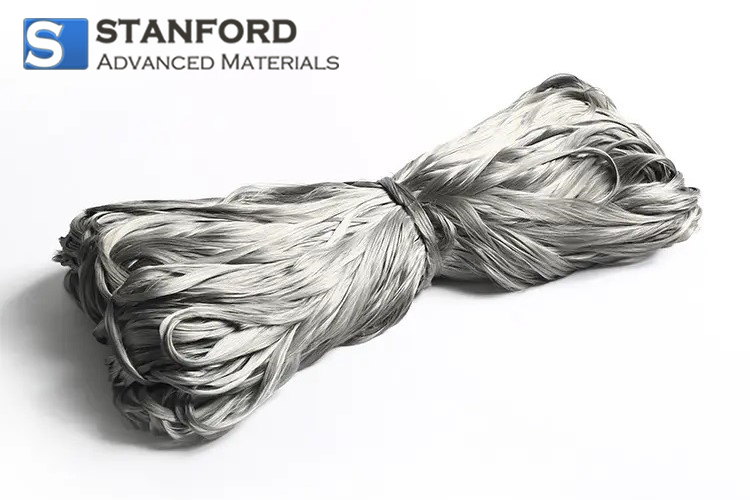

 Chin Trento
Chin Trento


